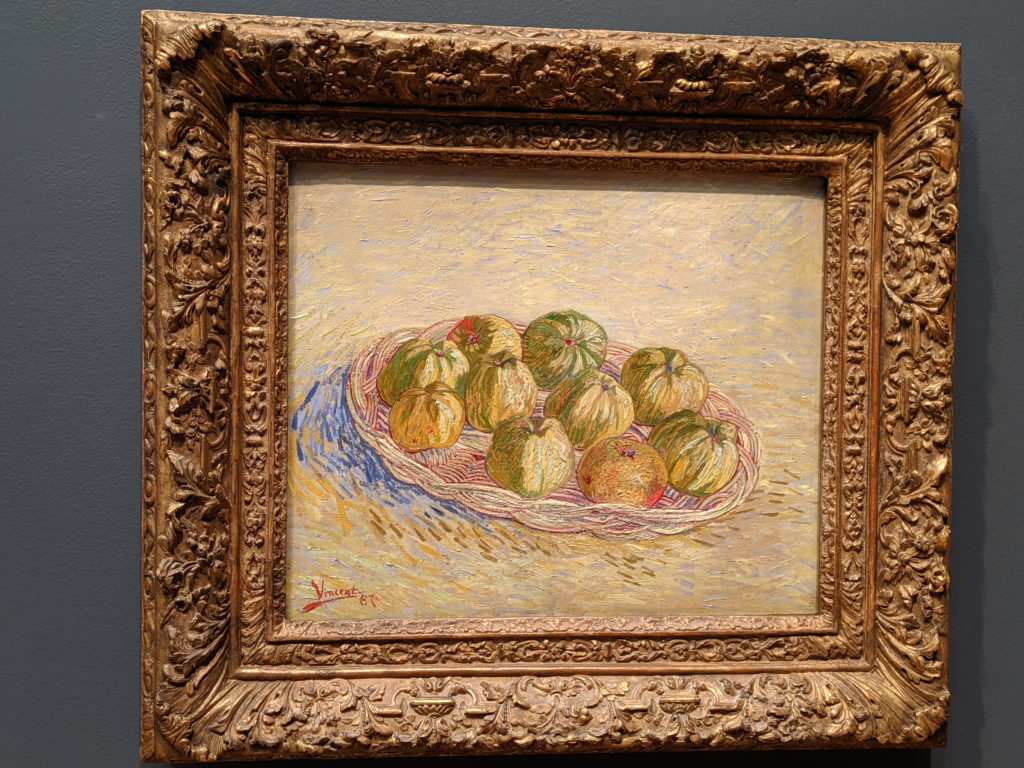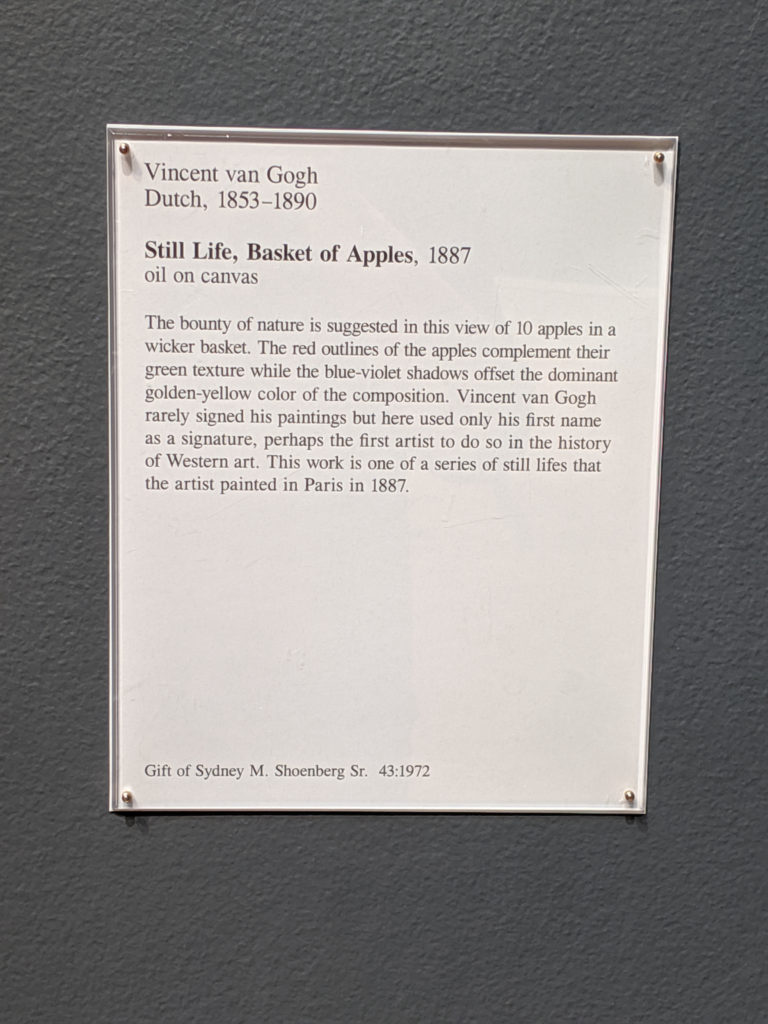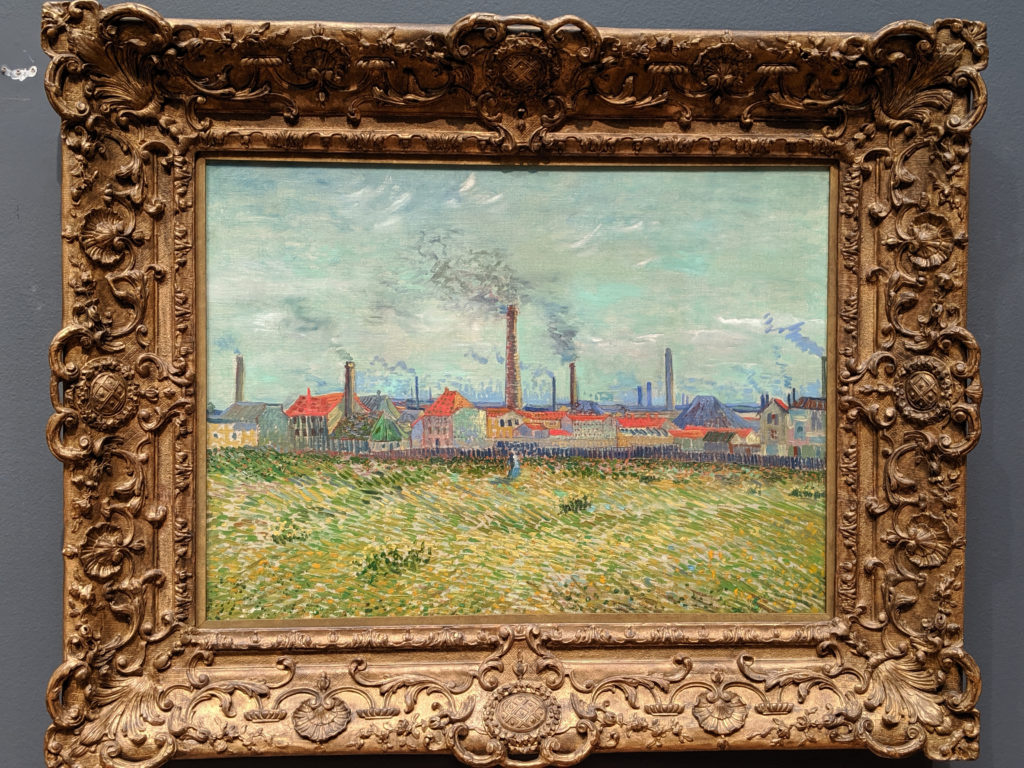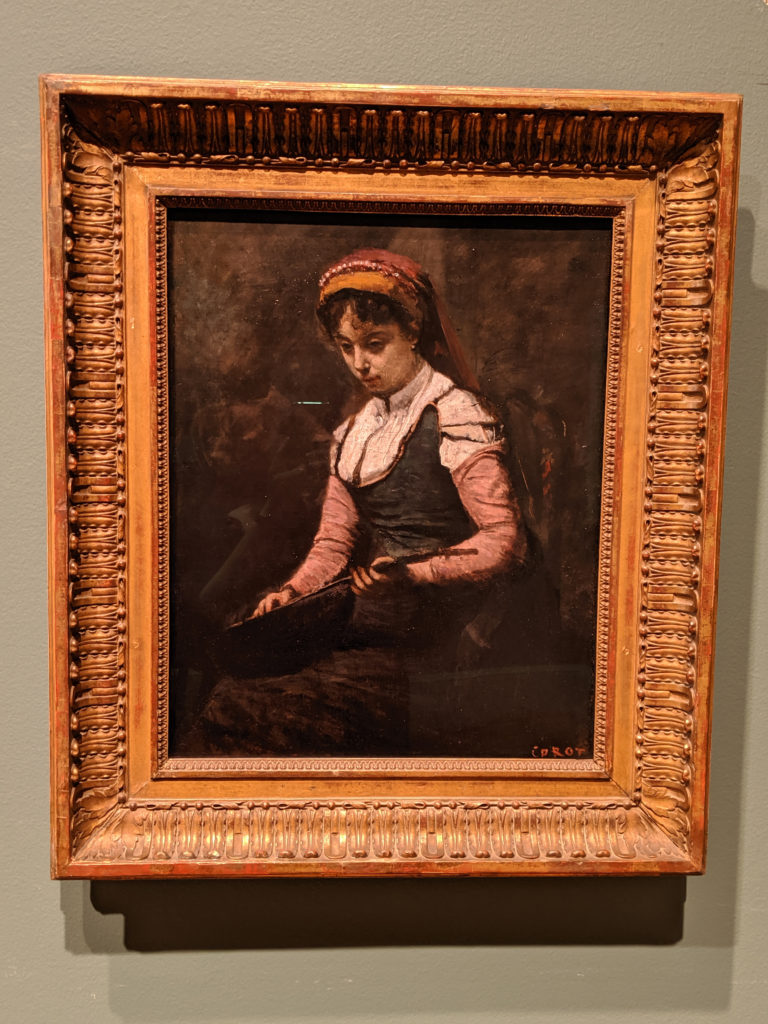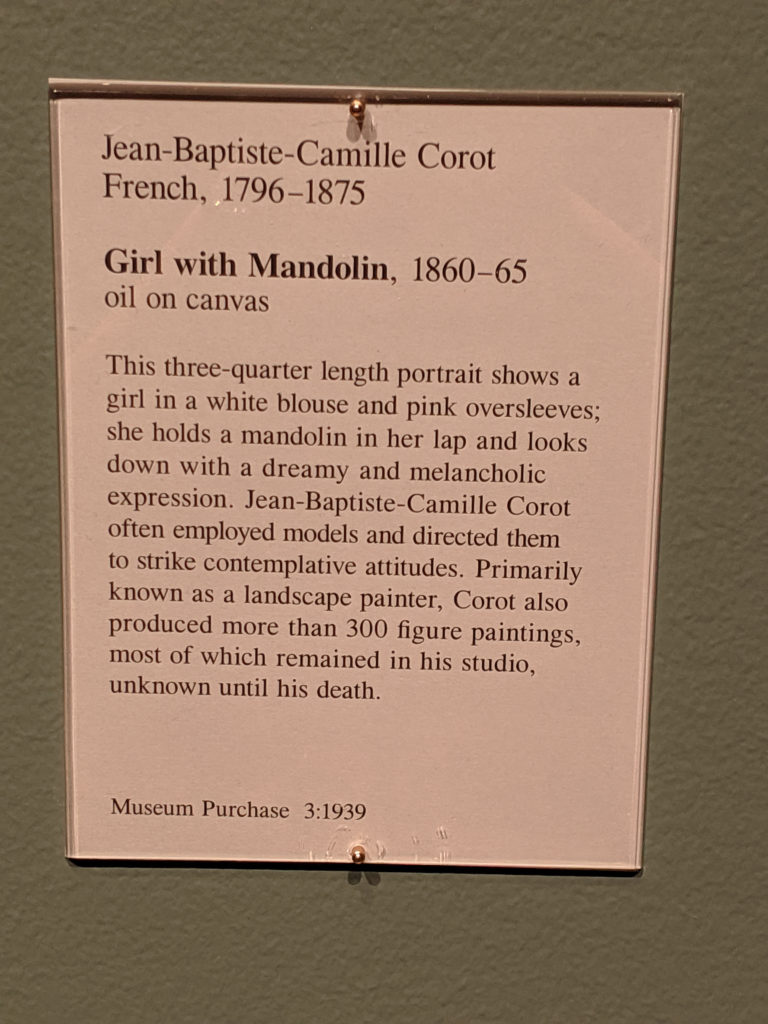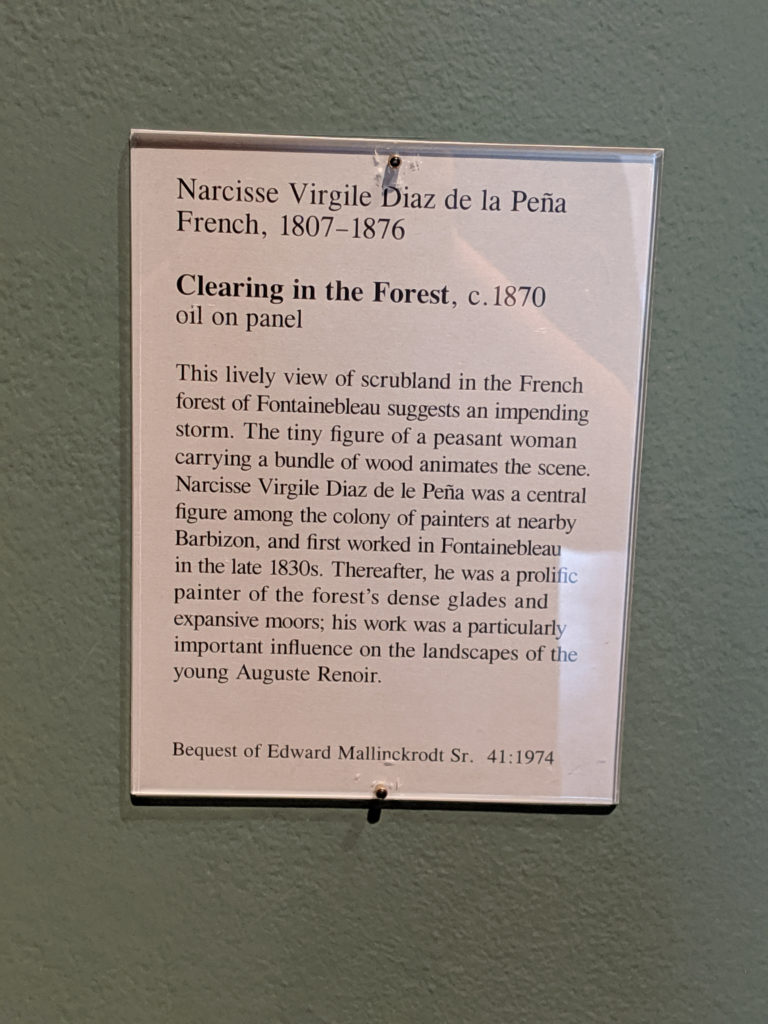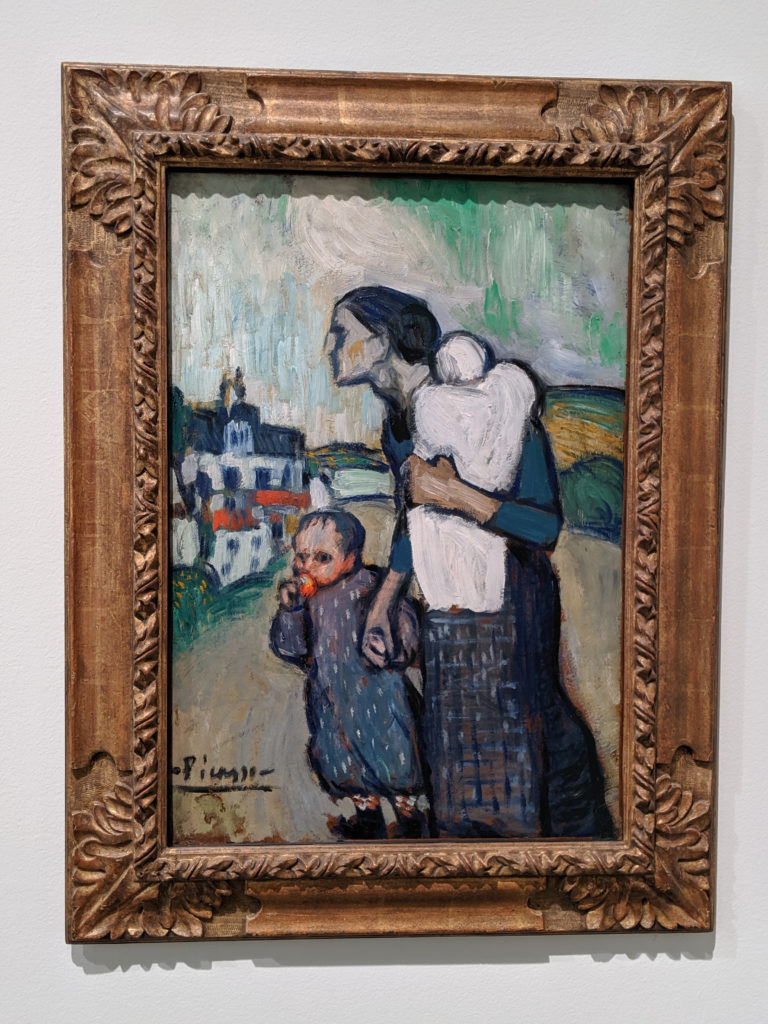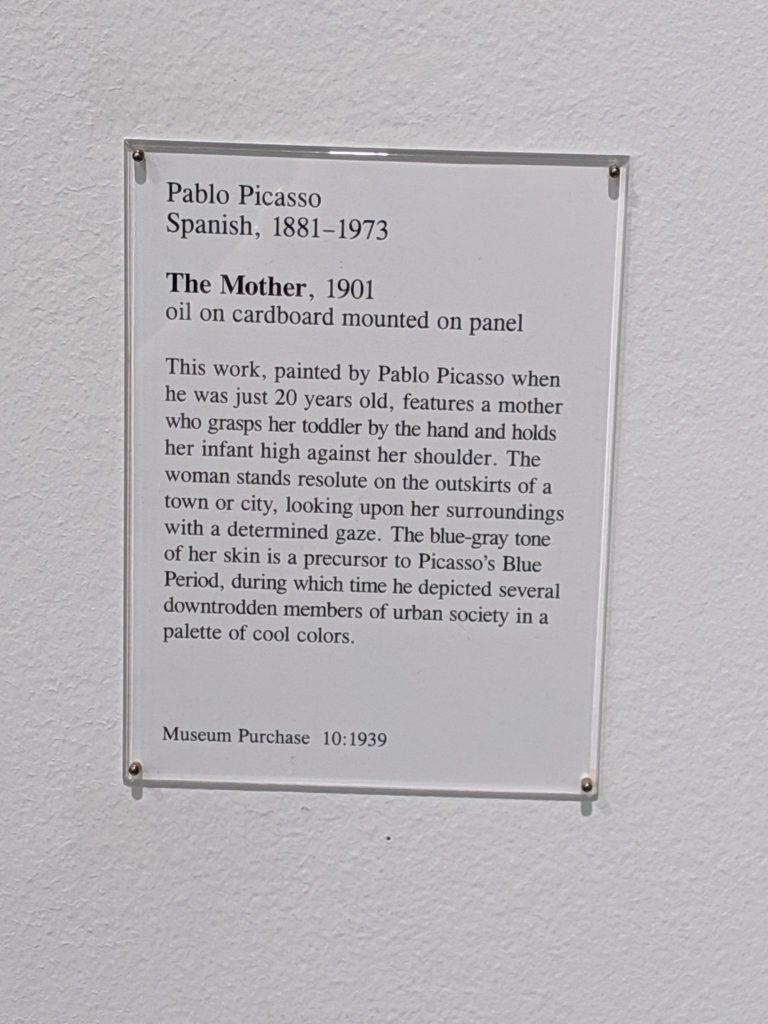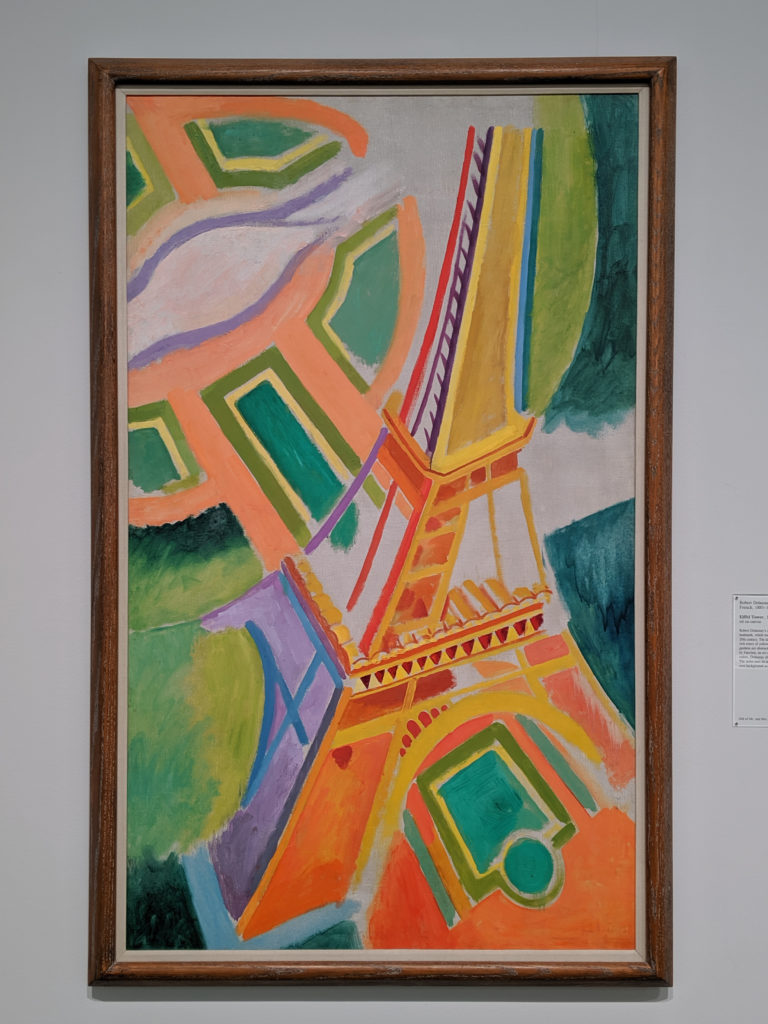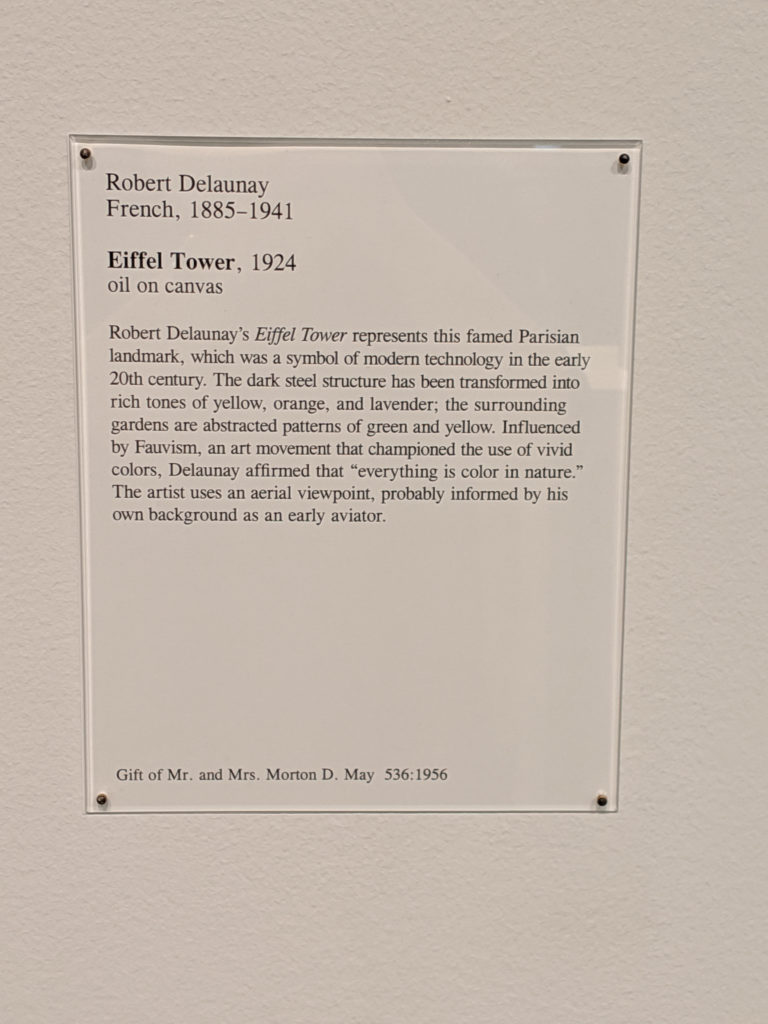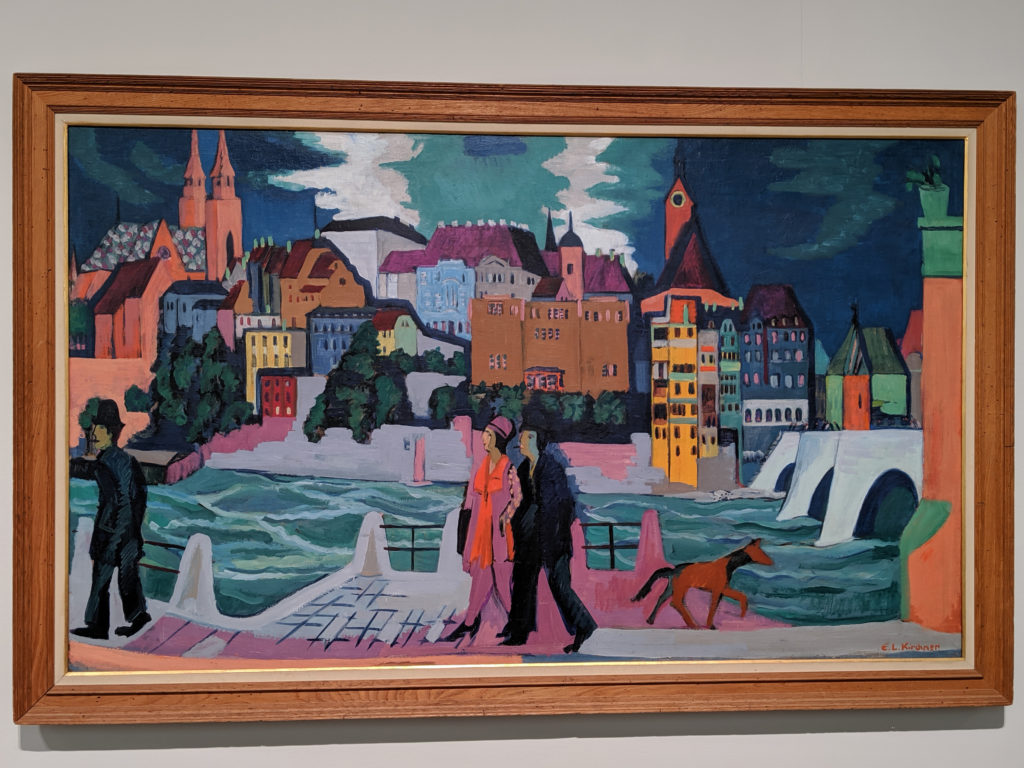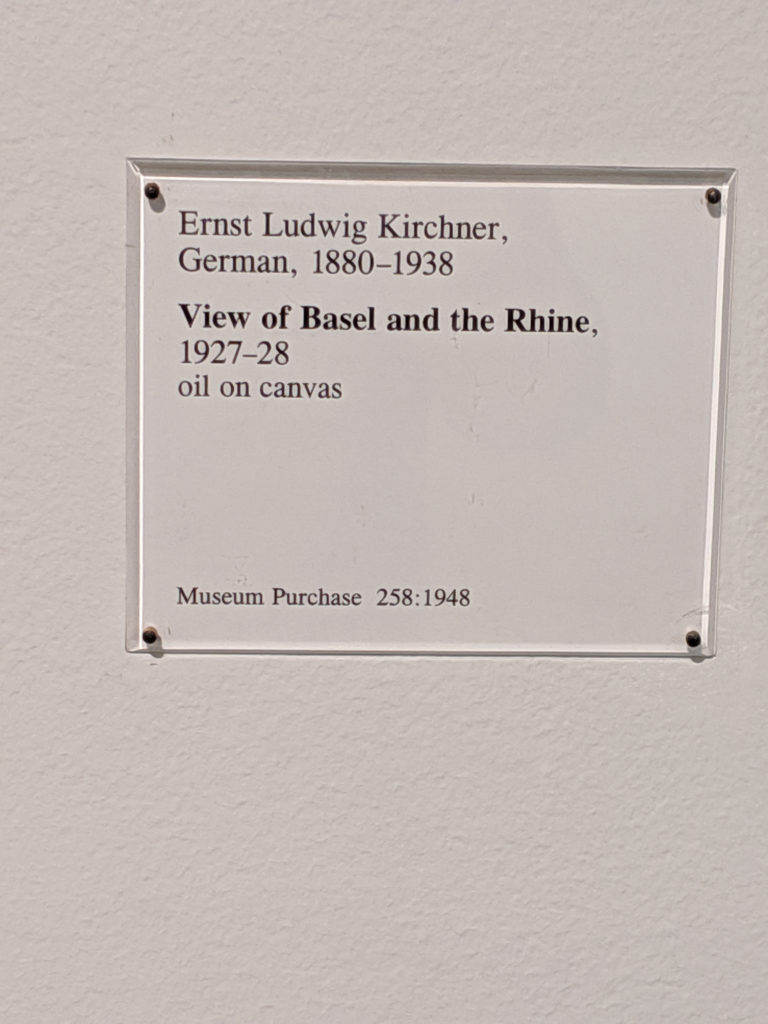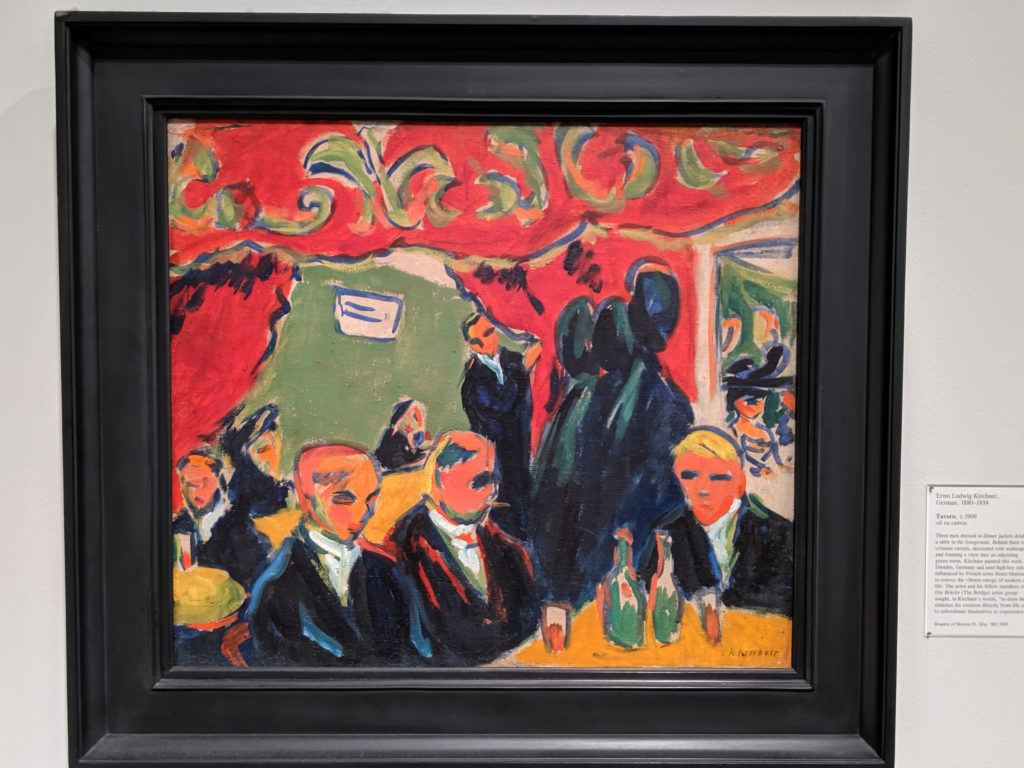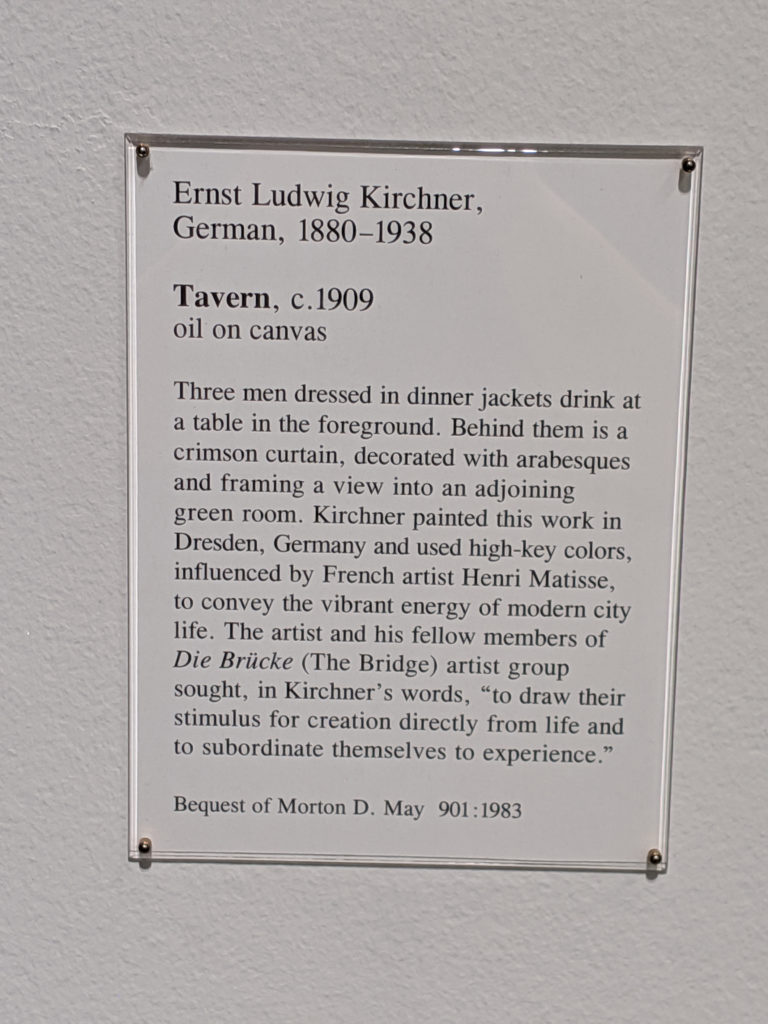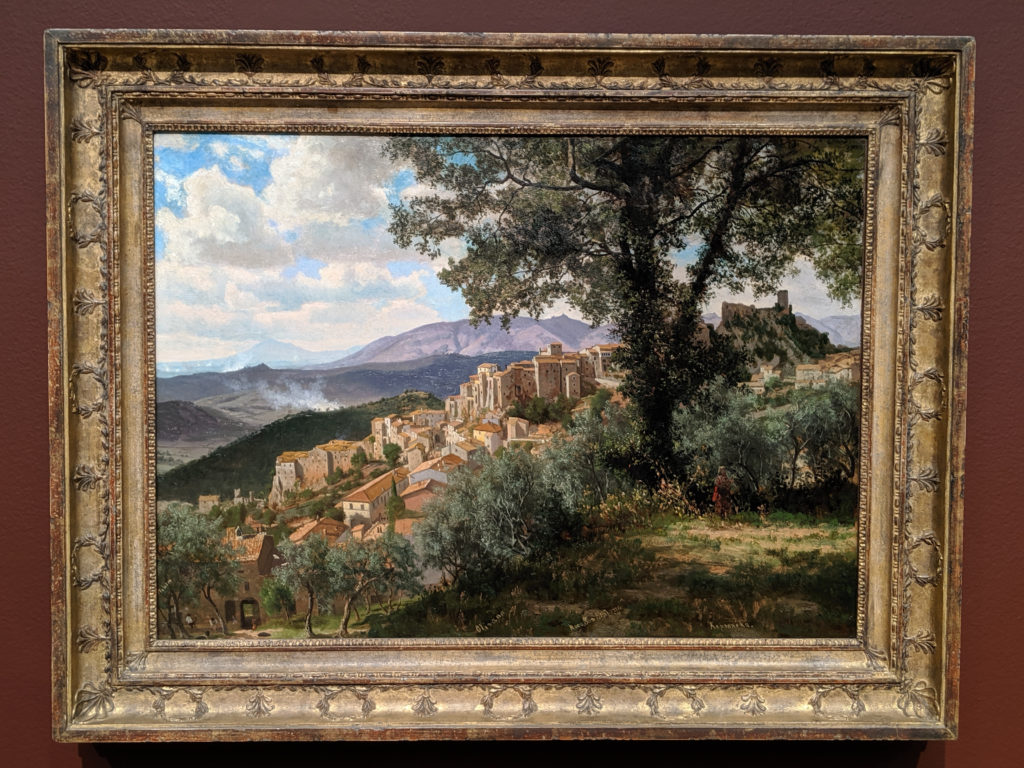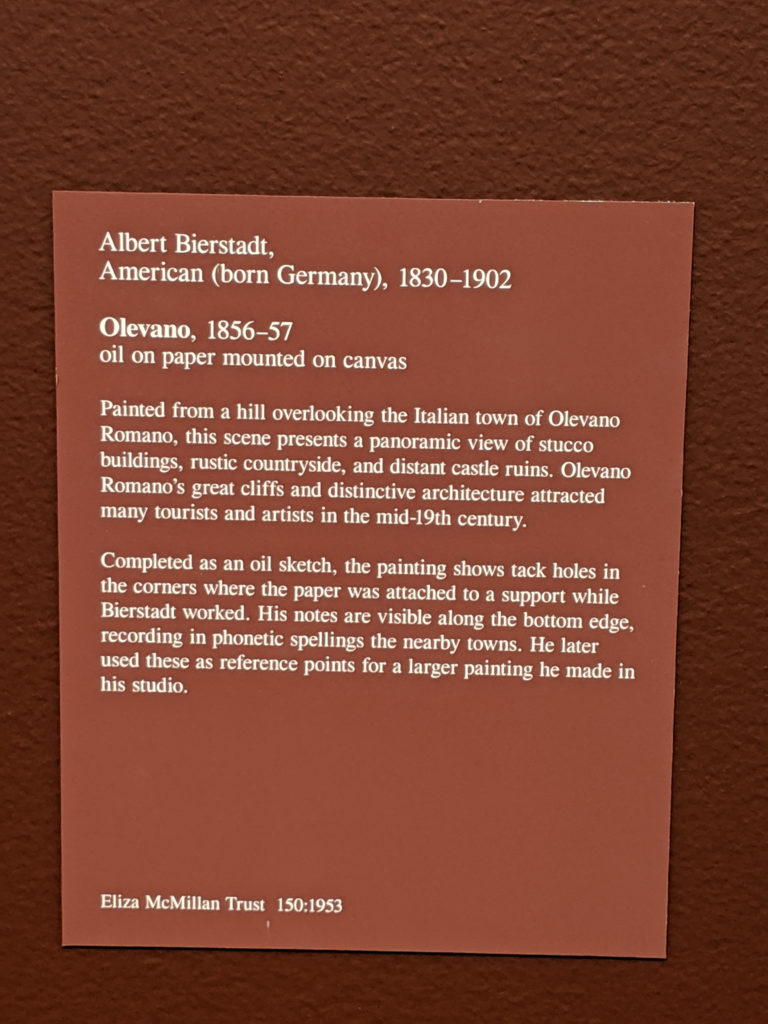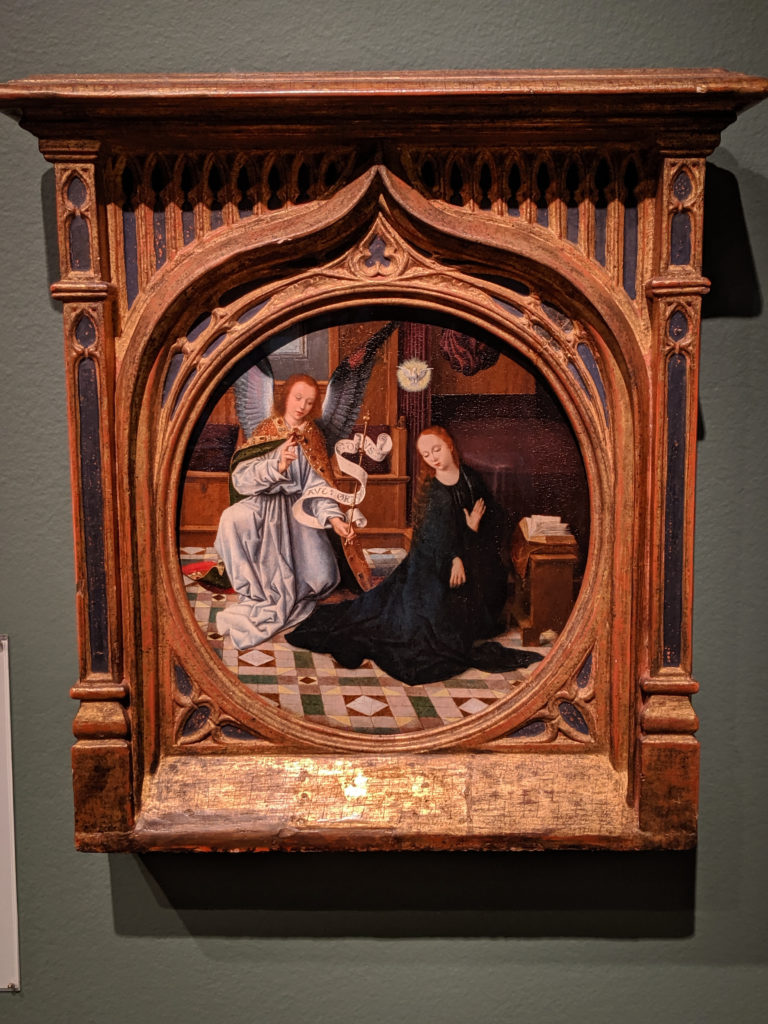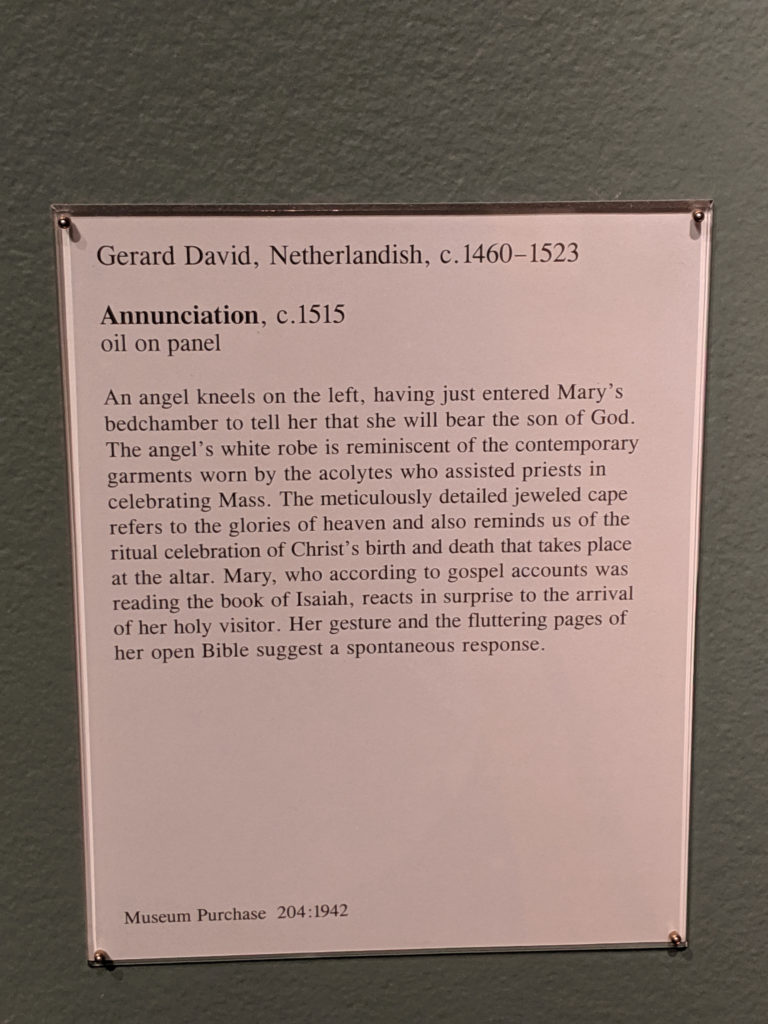What better way to start the new year off than with another under-respected van Gogh masterpiece? While the colors don’t immediately leap off the canvas and grab you by the wrist and scream, “PLAY WITH ME” like many of his other paintings do, the effect of the palette of colors in this painting overall gives us another feeling: peace and serenity.
Tag: painting
Tuesday
When people think of van Gogh, they so immediately identify with Starry Night or Sunflowers, and they don’t know about the wealth of so-called lesser works that dot the globe. I wouldn’t call this a lesser work, so much as an experiment in composition: it’s very clearly done in a tri-band, which was done to delineate the subjects clearly. The sky is separated from the factory from the ground, and each gets its own focus and its own color scheme and treatment. It’s like having three paintings in one, in a way: he’s attempting to channel earlier landscape artists by using the three color system to foil us into believing a sense of scale and continuity, but instead, he’s given us three separate entities to study. The sky with its hues of grey, green, green, and blue bleeding together almost as if in a watercolor technique. The factory line, in a perfunctory pastel oil sketch riot of colors and lines that scream impressionism. And the grasses of rich greens, yellows, and golds with flecks of blue that reek of pointilism and grasping at the newest ideas. This painting is an experiment and it is successful.
Monday
There is a weird juxtapositioning of time in this work: the model’s clothing doesn’t really fit the 19th century, but seems to harken back to an earlier romanticised version of the Renaissance or early Baroque, but even then, it’s none of those at all. What the hell, dude? Crazy confusing shit. You haven’t got an actual clue what you’re meant to be looking at because you’re too busy being confused by the wibbly wobbly timey wimey disturbance that is this chick’s clothes.
Sunday
Saturday
28 December
I’m not the biggest fan of Picasso, but in his early years, specifically the blue period, before he went off into the Cubist kind of “whoa okay” movement, I don’t mind him. This particular work is very moving, and up close, the use of complimentary oranges is very striking – it gives a layered nuance to the heavy usage of blues.
Friday
Thursday
Wednesday
25 December
There is something about this that is just impermanent and fleeting, dark and destructive, visceral and cruel, even though it is none of those things and is just vague lines on a canvas. It might be the coloring, all primary and aggressive in a relentless way, or it might be the positioning of the figures, in a claustrophobic way, with no space between them and no feeling of dimension. But it is not a comfortable painting in any way, and it is not meant to invoke a feeling of such.
Sunday
Saturday
So… fun times. Religious art again. Because, ya know, Bible Belt and all. I am not a massive fan, but hey, it’s a huge part of our world heritage and so on and so forth. Whatever, it’s a thing. What bothers me about this is the descriptive plaque being completely ignorant about the fact that Mary would likely not have owned a Torah, and likely she would not have been reading even had she been a wealthy Jewish woman of the time, let alone marrying a carpenter – but yeah, let’s creatively fudge the facts to fit the Jesus mythos.
